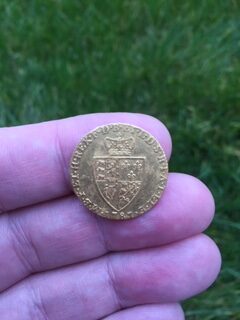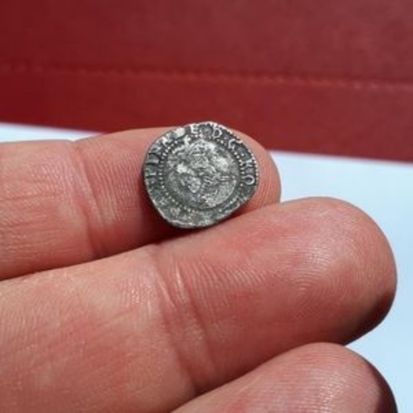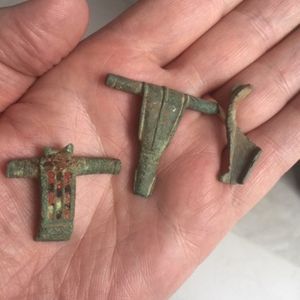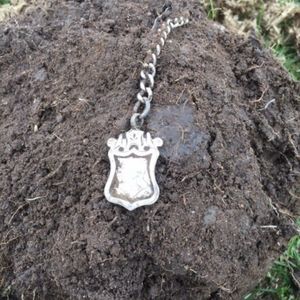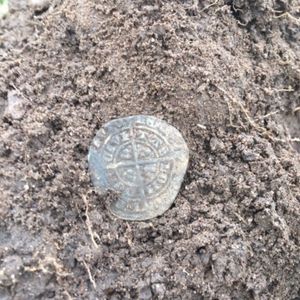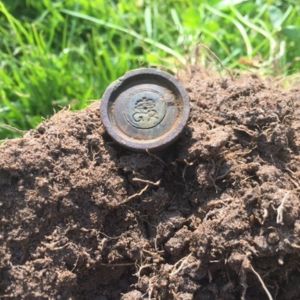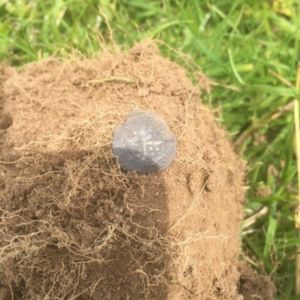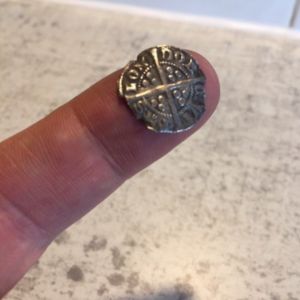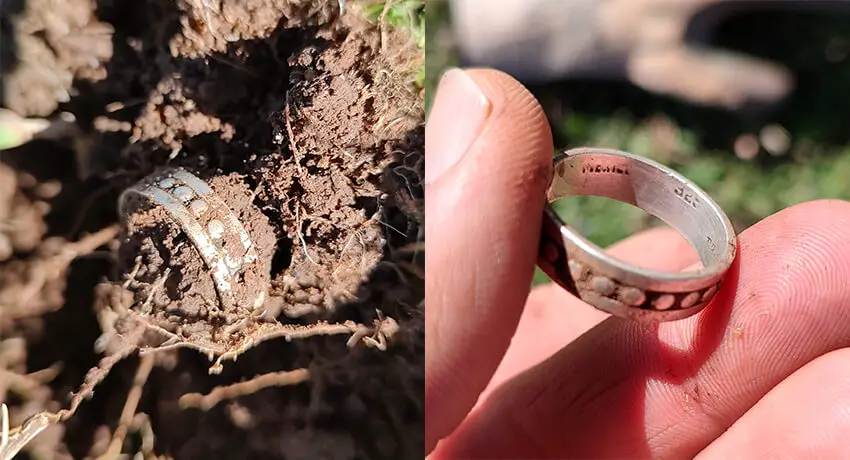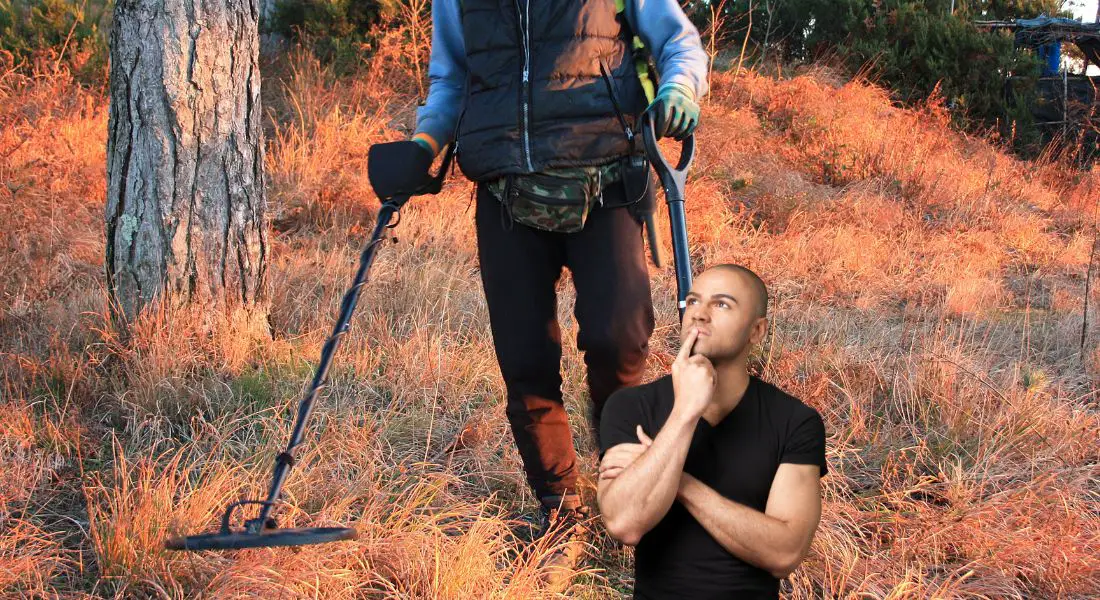A History of Lead Tokens in the UK
One of the most common found items by metal detectorists, next to interesting old buckles are lead tokens. They have a long and fascinating history in the UK dating back to ancient times.
These small, cheaply made objects served a variety of purposes over the centuries providing an interesting window into British social and economic history.
In this article, we’ll explore the story of lead tokens in the UK from their origins to modern times. If you want to find out more about where to start metal detecting, read my article here.
Trade tokens
Saxon Lead Tokens
The use of lead for making tokens and tally sticks dates back to the Saxon period in Britain (410-1066 AD). Lead was an abundant and malleable metal making it ideal for creating small tokens.
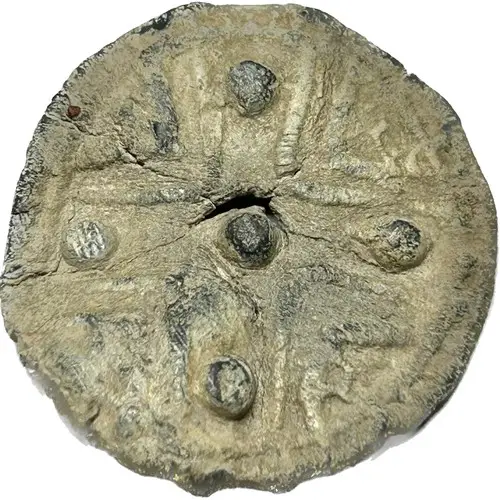
Archaeologists have uncovered Saxon lead tokens at sites across England.
These crudely made objects were often locally produced and used as gaming pieces, tally sticks or to denote membership in a guild or religious community.
Some of the earliest known Saxon lead tokens come from the great Viking army winter camp at Torksey, occupied between AD 872-3.
The excavated tokens from this site are small, flat discs embossed with simple crosses or other designs.
Other common Saxon token types include longer, thin rectangular strips, square or oval shapes and ecclesiastical tokens marked with saints.
These simple lead tokens served an important function in early medieval society. They provide insight into Saxon culture, economy, religion and entertainment activities.
The variety of Saxon tokens found by archaeologists suggests they were produced and used widely across Britain during the early Middle Ages.
Roman Lead Tokens
The Romans also made prolific use of lead tokens throughout Britain during the occupation period from 43-410 AD.
Roman lead tokens served multiple purposes including gaming pieces, proof of membership, souvenirs and even tickets for entrance to theatrical performances and gladiatorial events.
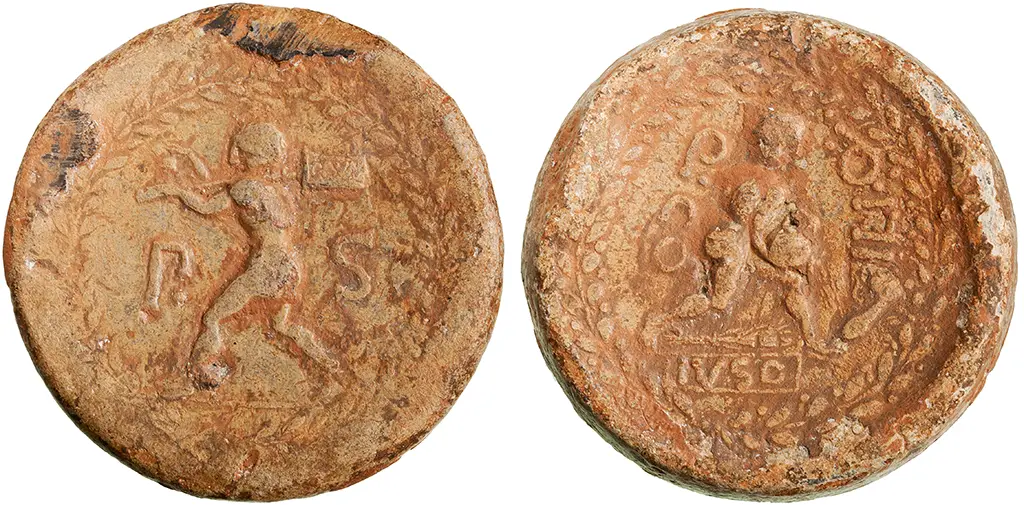
Remarkably, Roman lead tokens have been uncovered as far north as the Antonine Wall in Scotland showing the breadth of their use across Britannia.
There is a wide diversity in style, design, shape and size of Roman tokens found at archaeological sites in the UK.
Common motifs include gods, animals, names, latin inscriptions, military references and portraits. Analyzing Roman lead tokens provides insights into the activities, identities and movements of people in Roman Britain.
Their simplicity and cheap cost made them a useful everyday object across all levels of Romano British society. The prevalence of Roman tokens in Britain shows they were a well established tradition that continued into the Saxon and medieval periods.
Medieval Lead Tokens
During the Middle Ages, lead tokens gained even more prominence in Britain. They were widely used as “trade tokens” by merchants, townsfolk and craftsmen to conduct everyday transactions.
By the late 13th century, trade tokens made from lead had become commonplace at markets, fairs, taverns and shops across Britain.
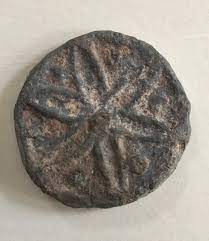
Medieval tokens functioned as a form of localised currency, often serving when there was a shortage of low denomination coins in circulation.
They acted as “small change” for purchases of goods and services.
Token designs included merchants’ initials, town names, shop signs, coats of arms and images denoting values and products.
Surviving examples show they were made in large quantities at low cost.
The heavy use of lead trade tokens in medieval Britain reflects their usefulness in a growing urban economy.
They filled a need for tokens of exchange during rapid expansion of towns, markets, industry and commerce in the High Middle Ages.
Lead was the material of choice due to its softness, pliability and abundance compared to copper, silver or gold.
17th Century Lead Tokens
The widespread use of locally made lead trade tokens continued into the 1600s as Britain’s economy expanded.
These tokens gained their heyday during the English Civil War and Commonwealth period (1642-1660) when royal minting of copper coinage ceased, causing a nationwide shortage of small change.
Thousands of towns, merchants, tradesmen and even individuals began minting their own lead tokens to use in lieu of official coinage.
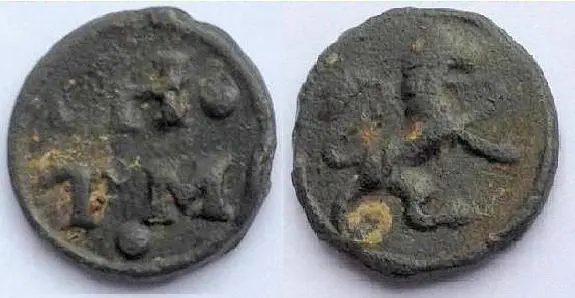
Designs were incredibly varied, everything from merchant names to ships, figures, inscriptions and portraits can be found on 17th century tokens.
Some of the most remarkable were made by royalists showing support for Charles I and animosity towards the parliamentary forces and Oliver Cromwell.
So many lead tokens flooded Britain that Parliament made several attempts to outlaw them to restore order to currency, but lead tokens remained popular due to the intrinsic shortage of copper fractional coinage.
As minting resumed after 1660, lead tokens gradually declined from use. Today they offer a significant window into the turbulent mid 17th century British economy and political environment.
Trade Token Identification
The book, Leaden Tokens & Tallies by Edward Fletcher is known to be one of the best books owned by detectorists on this subject.
For today’s museum specialists, archaeologists and collectors, old lead tokens pose challenges in identification and research.
This is mainly due to their crude designs, wear from use and often small size.

Clues used in identification however include:
- Inscriptions or names – indicating merchant, town or trade guild
- Heraldic designs – coats of arms and other heraldic symbols
- Images – depictions of goods, ships, figures, animals, etc. related to occupation or location
- Shape and size – from small discoid game pieces to larger, decorative medallions
- Period stylistics – designs and motifs characteristic of Roman, Medieval or 17th century styles
- Metal composition – testing if token is made from lead or another alloy
Cataloging all the information provides the key to unlocking a lead token’s origins and purpose. These often get catalogued by a Finds Liaison Officer.
Online museum databases like the Portable Antiquities Scheme, academic reference works and collector guides are invaluable resources for matching tokens to places and time periods.
Though humble in appearance, lead tokens give us glimpses into the rich history of British trade, economy and society stretching back over millennia.
These miniature “time capsules” tell colourful stories of the peoples and activities they once represented.
Conclusion
Lead tokens, though often overlooked, have a long and important history in Britain. They are regularly found by metal detectorists in many forms.
These range from ancient Roman gaming pieces to 17th century merchant trade tokens. These small objects open windows into major chapters of British history and culture.
The ubiquitous use of crude but versatile lead for tokens spanned every era. Future archaeological finds will keep adding to the story of lead tokens and their significance in recreating all aspects of life in Britain’s past.

Unbeatable Multi Frequency!
You can now get the ultimate power of multi frequency technology over single frequency detectors with the Minelab Vanquish range of detectors.
The entry level Vanquish 340 now gives you ultimate depth, stability and sensitivity on all target types in every soil, including wet beach sand.



